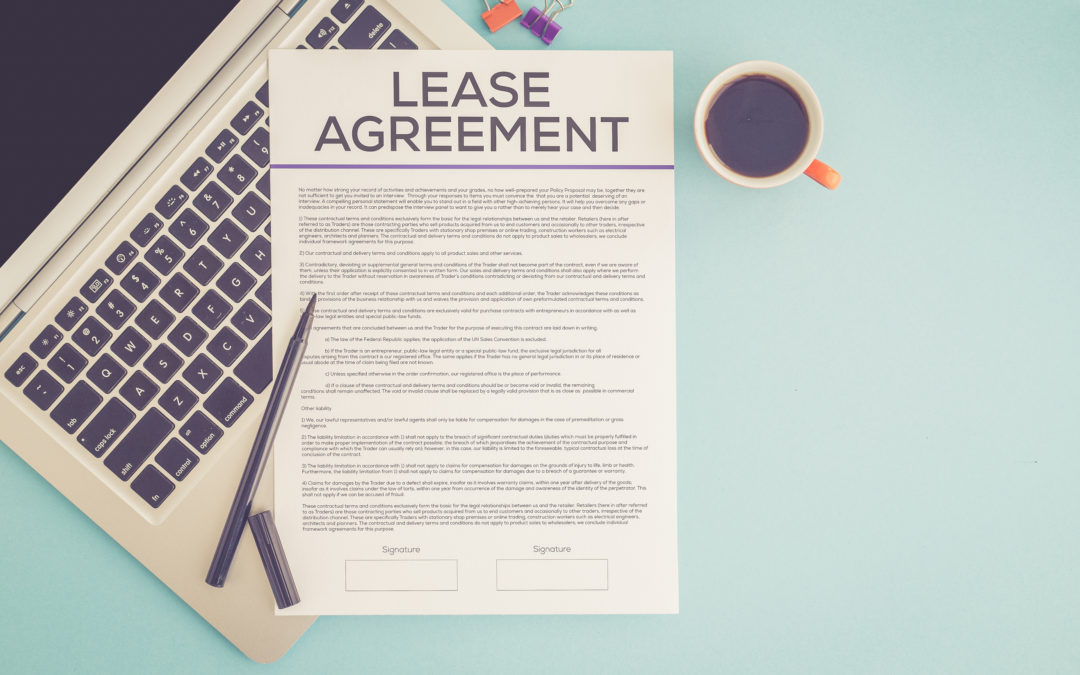Accounting for leases can be quite complicated, but the benefits of entering into a lease agreement may outweigh the tricky task of analyzing each new contract. In February 2016, the Financial Accounting Standard Board (FASB) issued Accounting Standard Update (ASU) No. 2016-02 “Leases,” which significantly changes the generally accepted accounting principles for lease accounting. These new rules apply to all types of leases—even the simplest office space or equipment leases. The standard is effective for annual reporting periods beginning after December 15, 2019 for non-public business entities.
The core principle of the guidance is that a lessee should recognize the assets and liabilities that arise from leases. Previously, there were capital leases that were capitalized and operating leases that were expensed. The principal difference from previous guidance is that the lease assets and lease liabilities arising from operating leases should now also be recognized on the balance sheet or statement of financial position, meaning that going forward all leases will be recognized on the organization’s financial statements.
The ASU makes this change retroactive, so lessees are required to change the accounting for all existing leases. The FASB also decided on a dual approach for lessee accounting (finance or operating), with lease classification determined in accordance with the principle in existing lease requirements. Differentiating between what was capital, which is now finance, and operating has remained the same, but the financial statements presentation has changed.
For finance leases, a lessee is required to do the following:
- Recognize a right-of-use asset and a lease liability, initially measured at the present value of the lease payments, on the balance sheet or statement of financial position.
- Recognize interest on the lease liability separately from amortization of the right-of-use asset on the income statement or statement of activities.
- Classify repayments of the principal portion of the lease liability within financing activities and payments of interest on the lease liability and variable lease payments within operating activities on the statement of cash flows.
For operating leases, a lessee is required to do the following:
- Recognize a right-of-use asset and a lease liability, initially measured at the present value of the lease payments, on the balance sheet or statement of financial position.
- Recognize a single lease cost calculated so that the cost of the lease is allocated over the lease term on a generally straight-line basis.
Overall, the updated regulations are now requiring that all leases be reported on the organization’s financial statements. We recommend that you consider the potential impact of this new standard on your organization’s financial statements and pay special attention to debt covenants. We suggest that management begins by preparing an inventory of all leases and assess your current capitalization threshold.
By Elyse McMillen, CPA

